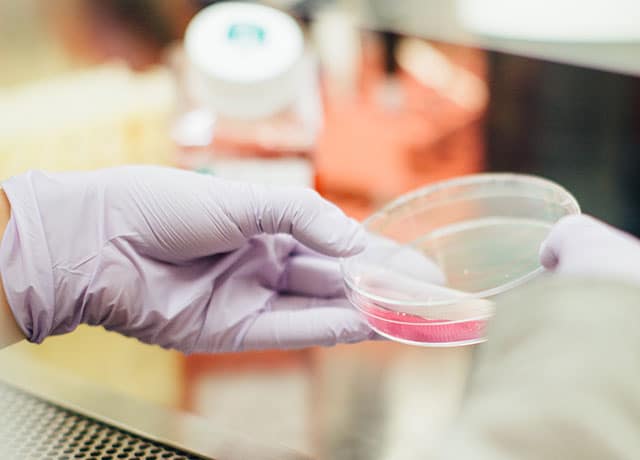HRS provide a helping hand to Malaysia’s rubber glove manufacturers

Did you know that Malaysia is one of the world’s largest producers of rubber, and synthetic nitrile rubber, gloves?
This position has arisen thanks to Malaysia’s large scale production of rubber. The first rubber trees were planted in the early 1880’s by the British who imported Brazilian and Sri Lankan stock, with some help from Kew Gardens. With its ideal climate and soil types, it wasn’t long before production had rapidly grown and by the 1930s Malaysia was producing half the world’s rubber.
In total the country produces around 700,000 tonnes of natural rubber, of which between 5 and 10 per cent is latex. Perhaps surprisingly, the majority of Malaysia’s rubber production still comes from smallholdings, with less than 10 per cent coming from plantations.
You might wonder what this has to do with HRS, but the processing of latex gloves involves a number of stages, including preparing the material, cleaning the equipment, dipping, vulcanizing, leaching, beading the cuffs and applying powder, chlorination, and finally stripping the gloves. Energy is required at various stages, but particularly to heat the water for washing the gloves and the leaching tanks.
HRS has supplied a number of its PHE Series plate heat exchangers to the Malaysian rubber glove industry, mainly for heat recovery in leaching tanks, chlorination and waste water treatment processes. However, General Manager for HRS Malaysia, Remus Lim, believes there are further opportunities in the sector.
Normally, steam, hot water or thermal oil is produced using natural gas, fuel oil, LPG or biomass in order to heat the water used in the leaching tanks, which are used to wash impurities from the gloves and sometimes to apply particular additives. This normally requires raising the temperature from around 30℃ to between 70-90 ℃, depending on the thickness of the gloves being produced. In normal circumstances, once the gloves have been dipped, the used water is drained away without any form of heat recovery.
“Spotting the potential of energy recovery, we approached our client with a proposal to recover this heat and use it to pre-heat the fresh water supply from 30 to 70℃,” explains Remus. “Assuming a hot water flow rate of 10,000 litres per hour and temperature rise of 40℃, the potential energy recovery is 470 kW.”
“Typically, the hot water from a number of leaching tanks is channelled into a common line for each production line, of which there will be several in a factory. Implementing heat recovery reduces manufacturers’ energy bills. And we are already seeing repeat orders from this particular customer.”
“We have a wide range of products which are suitable for this industry, particularly where the waste water from the leaching process could contain particles such as coagulants,” adds Remus. “As well as the PHE Series, our DT Series of double tube and K Series of multi tube heat exchangers would be ideal for such situations. There is a huge opportunity for HRS to help the industry save energy, cut costs and become more efficient at the same time,” he concludes.